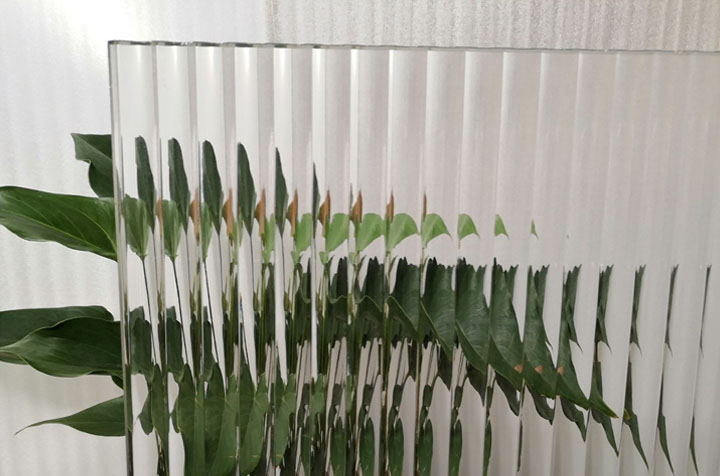Glass Structure Design A Blend of Aesthetics and Engineering
In the realm of architecture and construction, the incorporation of glass has revolutionized the way structures are designed and built. Glass not only serves as a functional element but also enhances the visual appeal of buildings, creating a seamless connection between the interior and the exterior environments. As technology advances, the techniques and materials used in glass structure design continue to evolve, paving the way for innovative and sustainable architectural practices.
The Aesthetic Appeal of Glass
One of the primary attractions of glass in building design is its inherent beauty. Transparent and translucent panels allow natural light to flood interiors, reducing the need for artificial lighting during the day. This not only enhances the mood and comfort of spaces but also emphasizes the relationship between the structure and its surroundings. Architects often utilize glass to create striking facades that reflect the skyline, landscapes, and other elements of the environment, effectively integrating the building into its context.
Moreover, glass can be manipulated in various ways to achieve desired design effects. Colored or patterned glass can create artistic statements, while specialized glazing techniques can alter transparency and reflection, offering privacy without sacrificing light. As a result, glass structures can embody different styles, from sleek modern designs to more traditional forms, all the while maintaining a unique identity.
Engineering Challenges
Despite its advantages, designing with glass does not come without challenges. One of the primary concerns is structural integrity. Glass can be fragile, and ensuring that it can withstand wind loads, seismic activity, and other environmental factors is crucial. Engineers utilize advanced computer simulations and modeling techniques to test and ensure the performance of glass under various conditions. Laminated and tempered glass options have also made it possible to enhance the material’s strength and durability, allowing for larger panels and innovative designs.
glass structure design
Another challenge lies in thermal performance. Glass can be a poor insulator, allowing heat to escape in the winter and enter in the summer. This disadvantage can lead to increased energy costs for heating and cooling. To combat this, architects often use insulated glazing units (IGUs) filled with inert gas such as argon or krypton to improve thermal efficiency. Additionally, advanced coatings can be applied to glass surfaces to control solar gain and improve energy efficiency, balancing the benefits of natural light with the need for temperature regulation.
Sustainability in Glass Design
As the global focus shifts towards sustainability, glass structure design has adapted to include more eco-friendly practices. The use of high-performance glass can significantly reduce energy consumption in buildings, leading to lower carbon footprints. Moreover, recycling and repurposing glass materials have become prominent trends in sustainable architecture. This approach not only minimizes waste but also promotes a circular economy in the construction industry.
The integration of green technologies, such as solar panels embedded within glass and rainwater harvesting systems, enhances the sustainability of glass structures. Smart glass technologies are also emerging, allowing buildings to respond dynamically to changing environmental conditions. These innovations empower architects and builders to create spaces that are not only stunning but also sustainable and adaptable to the needs of their occupants.
Conclusion
Glass structure design represents a harmonious blend of artistry and engineering that has transformed contemporary architecture. Its aesthetic versatility, while still posing engineering challenges, allows for the creation of unique and inspiring buildings that connect with their environment. With an increasing emphasis on sustainability, the future of glass in architecture looks bright. As technology continues to innovate, we can expect to see even more breathtaking glass designs that push the boundaries of what is possible, shaping the skylines of our cities and our experience of space for generations to come.
In summary, glass structure design is a compelling testament to human creativity and ingenuity, merging form and function in ways that redefine our built environment. As architects and engineers continue to explore the potential of glass, the possibilities for future architectural wonders are limitless.
 Afrikaans
Afrikaans  Albanian
Albanian  Amharic
Amharic  Arabic
Arabic  Armenian
Armenian  Azerbaijani
Azerbaijani  Basque
Basque  Belarusian
Belarusian  Bengali
Bengali  Bosnian
Bosnian  Bulgarian
Bulgarian  Catalan
Catalan  Cebuano
Cebuano  Corsican
Corsican  Croatian
Croatian  Czech
Czech  Danish
Danish  Dutch
Dutch  English
English  Esperanto
Esperanto  Estonian
Estonian  Finnish
Finnish  French
French  Frisian
Frisian  Galician
Galician  Georgian
Georgian  German
German  Greek
Greek  Gujarati
Gujarati  Haitian Creole
Haitian Creole  hausa
hausa  hawaiian
hawaiian  Hebrew
Hebrew  Hindi
Hindi  Miao
Miao  Hungarian
Hungarian  Icelandic
Icelandic  igbo
igbo  Indonesian
Indonesian  irish
irish  Italian
Italian  Japanese
Japanese  Javanese
Javanese  Kannada
Kannada  kazakh
kazakh  Khmer
Khmer  Rwandese
Rwandese  Korean
Korean  Kurdish
Kurdish  Kyrgyz
Kyrgyz  Lao
Lao  Latin
Latin  Latvian
Latvian  Lithuanian
Lithuanian  Luxembourgish
Luxembourgish  Macedonian
Macedonian  Malgashi
Malgashi  Malay
Malay  Malayalam
Malayalam  Maltese
Maltese  Maori
Maori  Marathi
Marathi  Mongolian
Mongolian  Myanmar
Myanmar  Nepali
Nepali  Norwegian
Norwegian  Norwegian
Norwegian  Occitan
Occitan  Pashto
Pashto  Persian
Persian  Polish
Polish  Portuguese
Portuguese  Punjabi
Punjabi  Romanian
Romanian  Russian
Russian  Samoan
Samoan  Scottish Gaelic
Scottish Gaelic  Serbian
Serbian  Sesotho
Sesotho  Shona
Shona  Sindhi
Sindhi  Sinhala
Sinhala  Slovak
Slovak  Slovenian
Slovenian  Somali
Somali  Spanish
Spanish  Sundanese
Sundanese  Swahili
Swahili  Swedish
Swedish  Tagalog
Tagalog  Tajik
Tajik  Tamil
Tamil  Tatar
Tatar  Telugu
Telugu  Thai
Thai  Turkish
Turkish  Turkmen
Turkmen  Ukrainian
Ukrainian  Urdu
Urdu  Uighur
Uighur  Uzbek
Uzbek  Vietnamese
Vietnamese  Welsh
Welsh  Bantu
Bantu  Yiddish
Yiddish  Yoruba
Yoruba  Zulu
Zulu 

